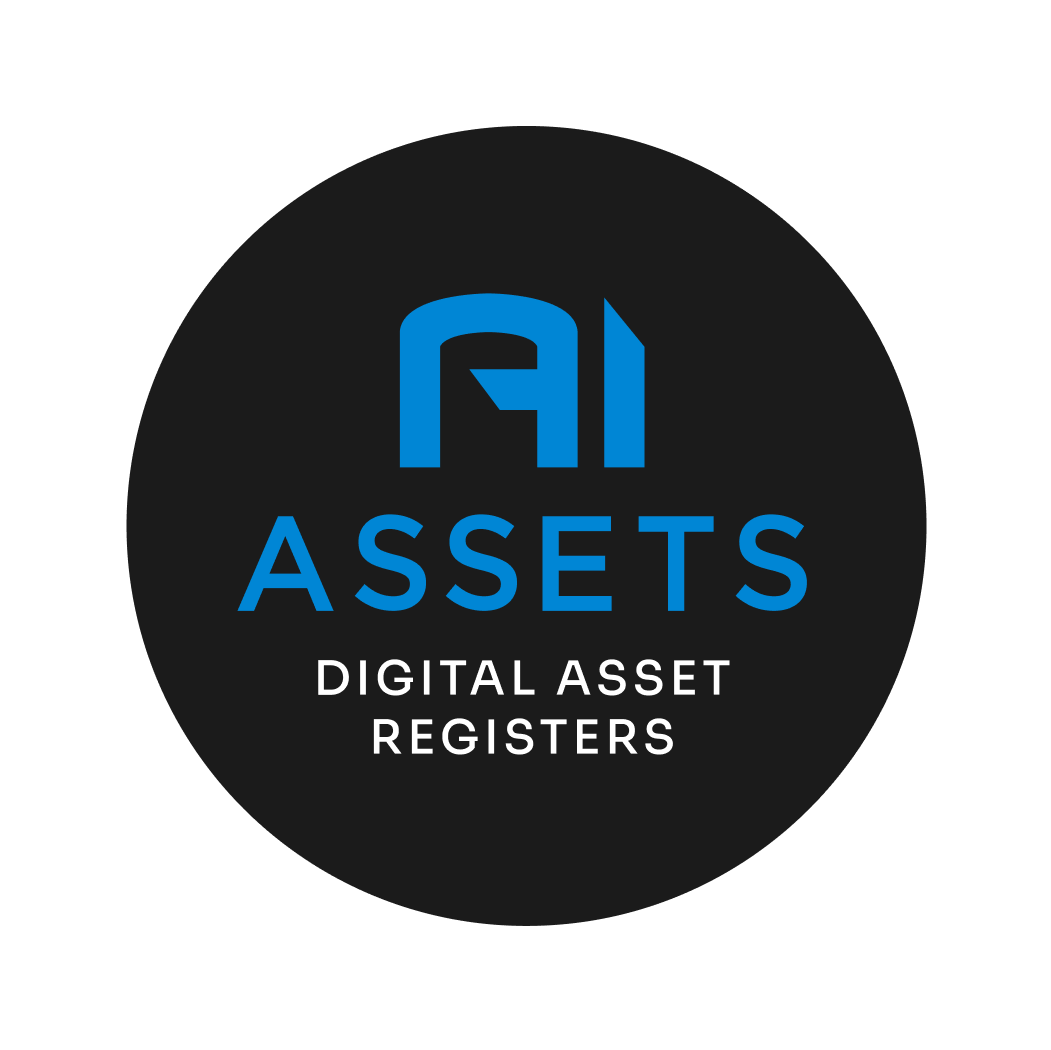4 ways AI Assets improves financial reporting for commercial property
Creating accurate budgets for maintenance schedules and forecasts for the lifecycle of commercial property assets has traditionally been a difficult task for facility managers, agents and owners.
With asset data needing to be collected and reported on manually, most financial reports have typically contained numbers that were out of date, best guesses and estimates.
But the introduction of automation and artificial intelligence to asset lifecycle management has revolutionised the accuracy and speed with which financial reports can now be created for commercial property.
Here’s four specific ways that asset automation tools like AI Assets can greatly improve the financial reporting of commercial property.
- AI Assets provides more accurate asset data
At the core of AI Assets is a centralised database featuring more than 1800 assets complete with costing and lifecycle data. When creating or updating an asset register, this allows collectors to match the asset quickly rather than writing down all the details. This makes your asset data collection more accurate and consistent even if the data is being collected by different trades and professions at different times. And with the asset sitting in a database, both the typical cost and the lifecycle of each asset is automatically captured, removing the need for time consuming and tedious lookups. - AI Assets allows more frequent asset collection and reporting
One of the biggest issues with traditional asset management is the slow and laborious way data has typically been collected and logged. Each report can take hundreds of man hours and the data needs to be painstakingly manually collated and entered. AI Assets speeds up the data capture process significantly making it possible to collect asset data in one-tenth of the time it takes using traditional methods. This means you can afford to have inspections conducted more frequently ensuring your data is more up to date. - The templates and financial models in AI Assets make reporting easier and faster
Traditionally, the information contained in asset reports has needed to be manually transferred over into financial reports – a slow and painful process prone to mistakes from mistyping and delays. But as asset automation tools such as AI Assets draw from a centralised database, once you’ve identified the asset as belonging to your building, you’re able to use that information in a multitude of ways. AI Assets includes 12 reporting templates including capex and opex reports, lifecycle planning and maintenance reports with the information available in spreadsheet or chart formats. Reports can be created as soon as the data has been collected – there’s no waiting. And reports can also be quickly updated whenever the data updates. - Faster reporting means you can interrogate your data at any time in AI Assets
With asset automation tools like AI Assets, your data sits in a web database rather than a static report. This ensures your asset data is immediately accessible and can be quickly updated at any time – such as during repairs or maintenance. It also means you can run new reports whenever you need and can cast and recast your figures and forecasts each time your data is updated. This makes your data and reporting more responsive and flexible and ensures your can create more accurate reports and modelling.
BOOK A DEMO
In just half an hour we can show you how AI Assets is the world’s quickest asset data capture system.
Just shoot us some details and we’ll send through a calendar invite.


